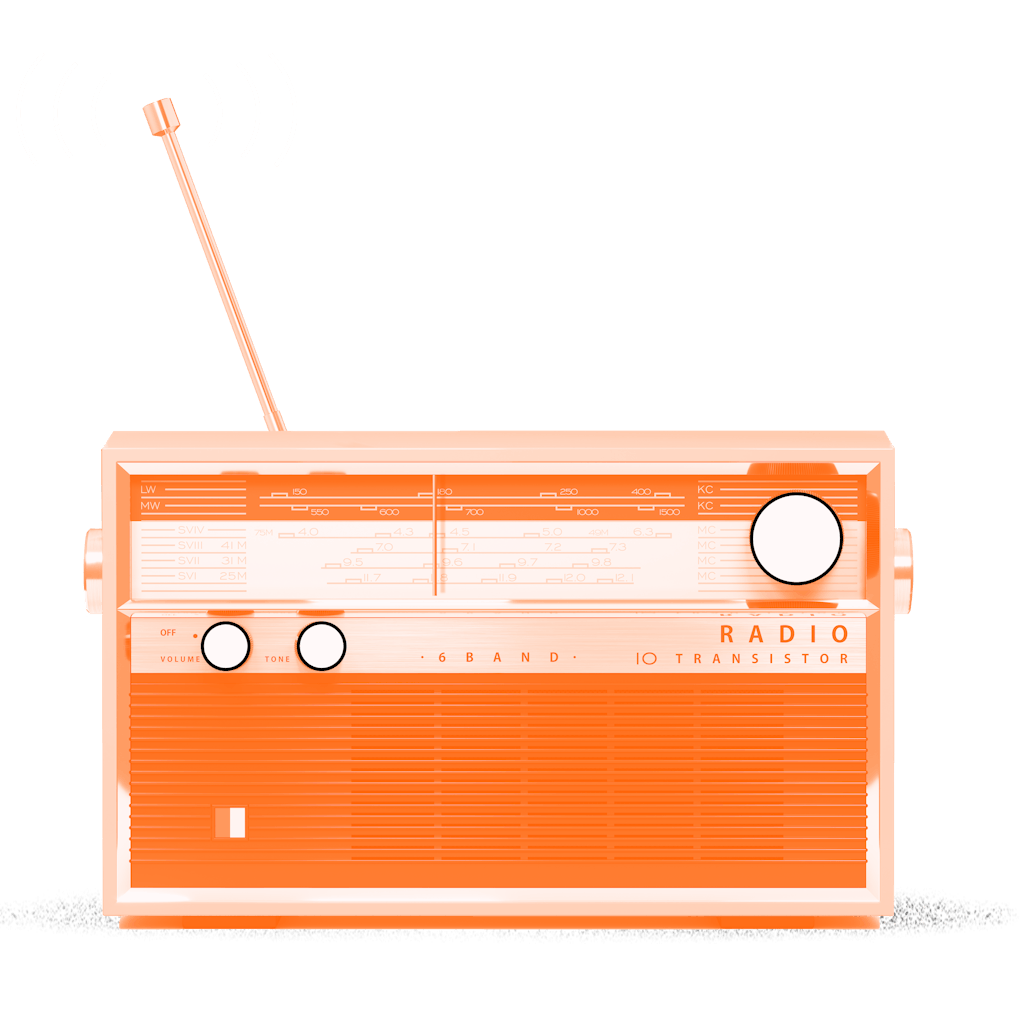More prenups, less joint accounts: Modern romance means financial protection and independence
Money may not be the foundation of love, but it’s often at the center of modern relationships. From financial attraction to financial infidelity, today’s couples are navigating a mix of independence, transparency, and sometimes tension when it comes to money matters. According to new data from Intuit Credit Karma, more than one in four couples […]


